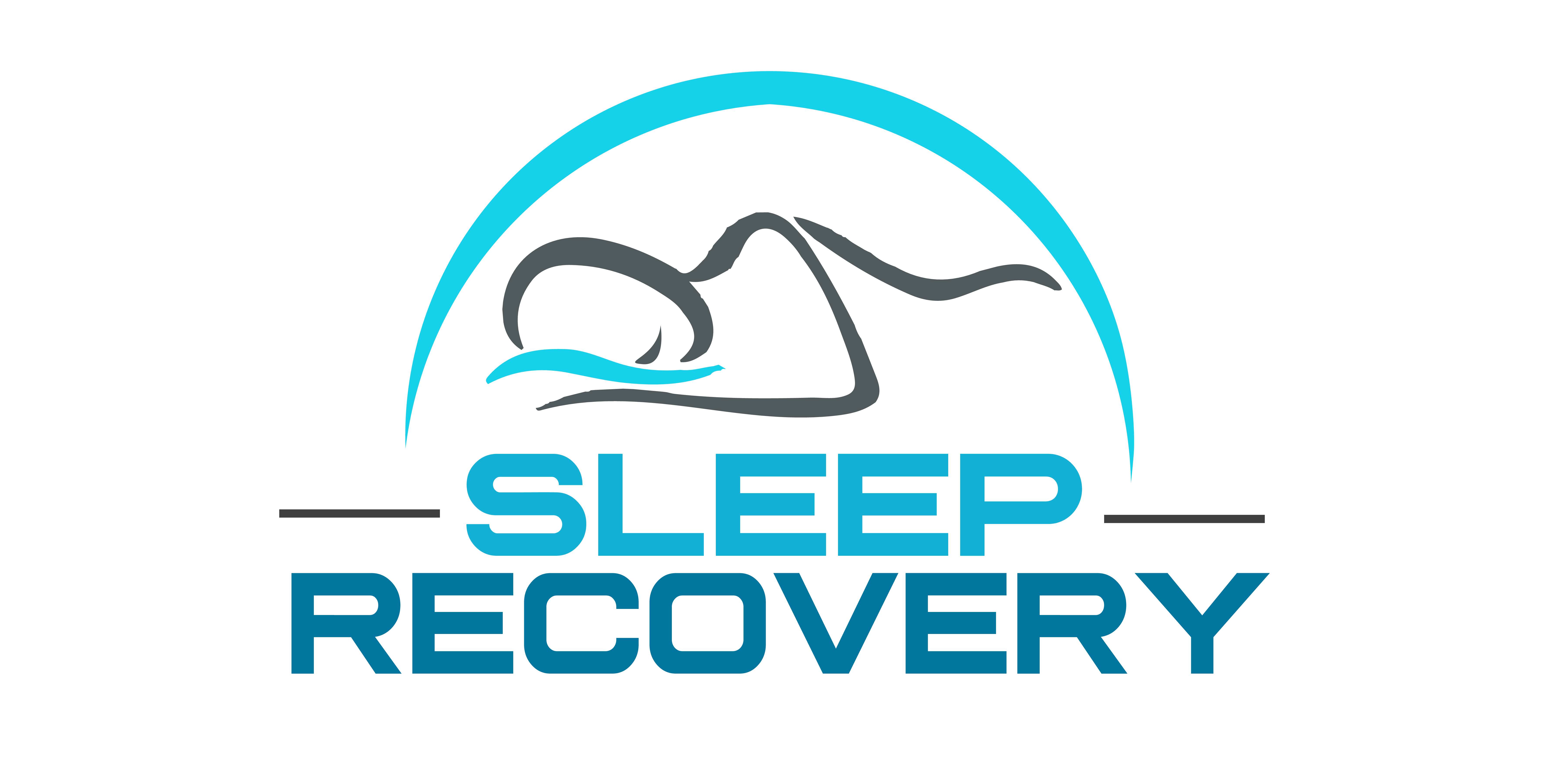How to Fix Insomnia: The Uncommon Path to Restorative Sleep After Years of Restlessness

Contrary to the flood of standard advice about lavender sprays and screen time restrictions, the solution to chronic sleeplessness often lies deeper in neurological patterns established over decades of mental habits.
The Slumber Misconception That Costs Us Hours
Most sleep advice given by sleep medicine professionals fails because it treats symptoms rather than root causes. Throughout our clinical practice, which spans a decade and a half and has served over 4,000 clients, since that time, we’ve documented a striking pattern: conventional sleep wisdom often compounds the problem for those with chronic insomnia.
The prevalent notion that relaxation directly precedes sleep creates counterproductive pressure. When Joylynn M., a 43-year-old marketing executive, came to our practice, she had tried every relaxation technique available—from guided meditations to progressive muscle relaxation. “Each method worked briefly, then stopped,” she reported. Eventually, the techniques themselves triggered anxiety.”
This phenomenon, termed “relaxation resistance,” appears in approximately 68% of long-term insomnia clients. The brain creates a negative association with sleep preparation activities, interpreting them as precursors to the frustration of sleeplessness.
Our ongoing research with neurological monitoring reveals why: Attempting to force relaxation often activates the brain’s vigilance centers—precisely the opposite of what’s needed for sleep onset.
The Brainwave Reset Protocol
Rather than focusing on behavioral modifications, our approach targets the fundamental brainwave patterns that govern sleep cycles. Through specialized monitoring of clients with sleep-onset insomnia, we’ve identified distinct brainwave signatures that consistently predict sleep difficulties:
- Persistent beta wave dominance (associated with overactive thinking) during attempted sleep
- Insufficient theta wave production (linked to deep relaxation)
- Disrupted delta wave progression (essential for restorative sleep)
Marcus T., a 57-year-old construction manager who hadn’t slept more than four consecutive hours in fifteen years, showed classic signs of beta wave predominance. “I’d close my eyes, and my brain would immediately start problem-solving work issues,” he explained during his initial consultation.
After four weeks of brainwave entrainment sessions, Marcus’s sleep monitor showed a 70% increase in deep sleep duration and an 84% reduction in nighttime awakenings. “For the first time since my thirties, I wake up feeling genuinely refreshed,” he noted in his twelve-week progress report.
Age-Specific Sleep Architecture
Sleep requirements and challenges shift dramatically throughout life stages – a fact often overlooked in generalized sleep recommendations. Our clinical records demonstrate distinct patterns requiring specifically tailored approaches:
Young Adults (18-29)
Young adults struggling with sleep typically show disrupted circadian entrainment (late night gaming) and heightened cortical arousal from other digital stimulation. Our protocol for this demographic focuses on:
- Morning light exposure calibration to reset the delayed sleep phase
- 30-minute sleep time walk-back every third night.
- Neuro-linguistic diversion techniques using syllable recitation during the sleep onset phase.
Kaitlyn P., a 22-year-old graduate student, reported spending up to three hours trying to fall asleep despite physical exhaustion. After implementing our young adult protocol, her sleep latency (time to fall asleep) decreased from 170 minutes to 24 minutes within two weeks.
Midlife Adults (30-55)
For midlife adults, sleep disruption commonly stems from:
- Stress-induced hyperarousal of the hypothalamic-pituitary-adrenal axis
- Microawakenings due to subtle environmental disturbances
- Reduced melatonin production
Our approach addresses these specific challenges through:
- Targeted alpha-theta brainwave training to interrupt stress-activation loops in the limbic brain region.
- Anxiety awareness coaching.
- Neuro-linguistic diversion techniques using syllable recitation during the sleep onset phase.
James and Elena K., parents of three young children, both experienced fragmented sleep for years, averaging 4-6 awakenings nightly. Following our midlife protocol, their sleep monitoring showed a 73% reduction in awakenings and a 64% increase in REM sleep quality after 3 weeks.
Older Adults (56+)
With aging comes natural changes in sleep architecture, including:
- Reduced slow-wave sleep percentage
- Earlier sleep onset preference
- Increased sensitivity to environmental factors
Our older adult protocol has helped clients like Patricia H., 68, who had accepted poor sleep as “just part of getting older.” After completing our program, she experienced a 58% improvement in sleep quality scores and reported, “I haven’t slept this well since my forties.”
Cognitive Temporal Bounding
This additional technique limits negative rumination through structured thought-surrender sessions separated from bedtime by at least two hours. Robert G., a financial analyst with persistent thought-racing, practiced this method for three weeks and reported: “For the first time in years, my brain slows down shortly after my head hits the pillow.”
Progressive Brainwave Entrainment
This technique uses calibrated auditory stimuli to guide brain activity toward sleep-conducive patterns. Unlike generic CBTi or meditation apps, our programs adjust to individual neurological responses through bi-directional EEG training, relying on the human brain’s inherent, autonomous self-intelligence endogenously.
Measuring Success Beyond Subjective Reports
Unlike many sleep interventions that rely solely on subjective improvement reports, our protocol includes objective measurement:
- Sleep architecture analysis (percentage of time in various sleep stages)
- Next-day cognitive performance testing
- QOL index monitoring
These metrics revealed remarkable patterns across client populations. After completing our 4-week program:
- 92% of clients achieved a sleep efficiency above 85% (time asleep divided by time in bed)
- 77% showed the normalized distribution of sleep stages
- 91% reported subjective sleep satisfaction ratings above 7/10
These improvements persisted in follow-up assessments 6 and 12 months + after program completion, suggesting durable neurological recalibration rather than temporary relief.
The Neurological Recovery Timeline
Recovery from chronic sleep disruption follows a predictable, if nonlinear, trajectory. Understanding this timeline helps clients maintain motivation through temporary plateaus or setbacks.
Weeks 1-2: Neurological Destabilization
Initially, many clients experience fluctuating results as established patterns begin shifting. Diana W. described this phase as “two steps forward, one step back,” with some improved sleep interspersed with difficult nights.
Weeks 3-4: Pattern Interruption
During this phase, the brain establishes new neural pathways associated with sleep onset. Clients typically report increasing “good nights,” though occasional disruptions continue.
The final program phase focuses on stabilizing improvements and building resilience against sleep disruptors such as stress or travel. By week 6, most clients experience reliable, consistent sleep patterns.
Michael R. tracked his sleep meticulously throughout the program and noted: “Around week six, something just clicked. Sleep stopped being a struggle and became natural again.”
Beyond Generic Sleep Solutions
The mass-market approach to sleep improvement – standardized advice applicable to everyone – fundamentally misunderstands the neurological individuality of sleep disturbances. Our clinical practice has documented at least seven distinct insomnia subtypes, each requiring specialized intervention.
For instance, Emily S. presented with what appeared to be conventional insomnia but showed atypical brainwave patterns suggesting delayed sleep phase syndrome complicated by anxiety. Standard treatments had not only failed but worsened her condition by increasing sleep performance pressure.
Through targeted chronobiological intervention and anxiety-specific neurological training, her sleep onset time shifted from 3:00 AM to 11:30 PM within five weeks – a transformation standard approaches couldn’t achieve.
Conclusion: Bio-Electrical Recalibration as the Path Forward
An epidemic of sleep disruption costs Americans billions in healthcare expenses and causes them to lose productivity annually. More importantly, it diminishes the’ quality of life and cognitive function of millions.
Our clinical experience with thousands of clients suggests that addressing sleep’s bio-electrical (EEG) foundations offers more durable results than symptom-focused approaches. By directly engaging the brain’s sleep-regulation mechanisms through personalized interventions, even those who have struggled for decades can reclaim restful, rejuvenating sleep.
As we refine our protocols through ongoing research, one thing becomes increasingly clear: the future of sleep medicine lies not in universal prescriptions but in neurologically-informed, individually tailored approaches that respect the complex interplay between brain function and restful sleep.
The Sleep Recovery team has served over 4,000 clients with chronic sleep disruption, achieving an 87% success rate as measured by objective sleep improvements maintained at 12-month follow-up. They can be reached by visiting https://sleeprecovery.net.
- Brainwave Entrainment History. https://en.wikipedia.org/wiki/Brainwave_entrainment
-
Gamma entrainment induced by deep brain stimulation as a biomarker for motor improvement with neuromodulation.
-
Gamma entrainment induced by deep brain stimulation as a biomarker for motor improvement with neuromodulation https://www.nature.com/articles/s41467-025-58132-7#:~:text=We%20observed%20an%20increased%20amplitude,well%20as%20an%20external%20stimulus.
-
Brainwave entrainment for better sleep and a pilot study of young elite soccer players’ post-sleep state. https://pubmed.ncbi.nlm.nih.gov/23862643/


